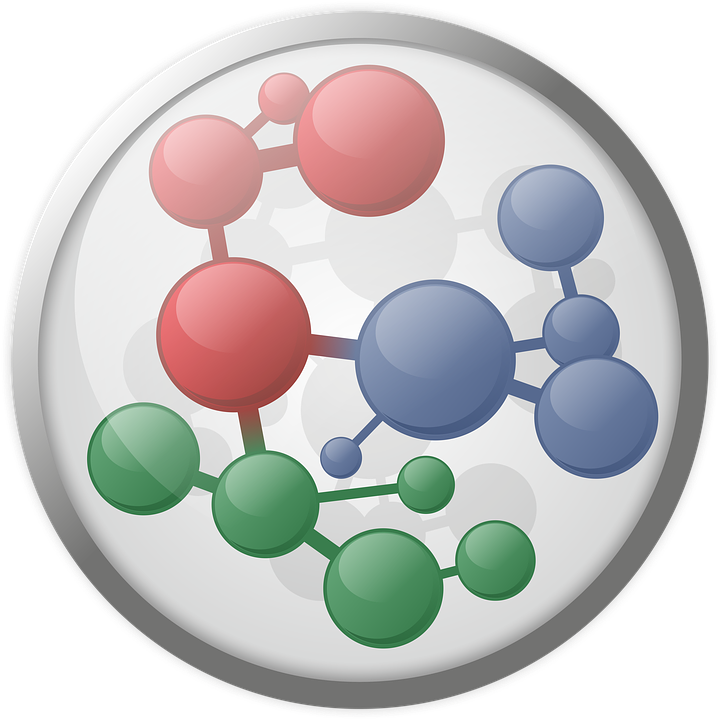Exploring the Dual Nature of mTOR in Aging and Immunity
Written on
Chapter 1: Understanding mTOR
mTOR, an acronym for mammalian target of rapamycin, is a significant focus for those pursuing anti-aging strategies. This enzyme modifies proteins by adding phosphate groups, influencing various bodily functions, particularly metabolism and physiology. In essence, mTOR supports growth and development.
However, when we extend growth beyond maturity, we encounter aging. This raises the possibility that diminishing mTOR activity post-adulthood could slow the aging process. Enter rapamycin, a compound that inhibits mTOR, thereby limiting its function.
But the solution to aging is not so straightforward.

mTOR operates in two distinct forms. It functions within a protein complex, gathering other proteins to perform its roles. Depending on which proteins are associated with it, mTOR can be classified as either mTOR complex 1 (mTORC1) or mTOR complex 2 (mTORC2).
These complexes respond to varying signals: mTORC1 reacts to nutrient availability, whereas mTORC2 responds to signals from PI3K and growth factors. While mTORC1 primarily governs protein synthesis and cellular growth, mTORC2 is involved in regulating cellular metabolism and survival, although its functions are less understood.
In prior discussions, we noted that rapamycin inhibits both mTOR complexes, albeit only partially. Ideally, the goal is to inhibit mTORC1 while sparing mTORC2.
Emerging Research on Rapalogues
Ongoing research into rapalogues—compounds similar to rapamycin—aims to identify molecules that selectively target these complexes. RapaLink1 is a promising candidate, but further investigation is necessary.
Section 1.1: mTORC2 and Immune Function
Recent research has illuminated mTORC2's critical role in the immune system. In a study involving mice infected with herpes simplex virus type-1 (HSV-1), researchers observed significant outcomes. This virus, prevalent in humans, is carried by approximately 67% of the global population, often remaining asymptomatic. However, it can lead to cold sores and, in severe cases, neurological complications.
In the study, researchers bred mice that lacked Rictor, a key component of mTORC2, while maintaining functional mTORC1. The results were striking: these mice exhibited severe systemic infections upon HSV-1 exposure, leading to high mortality rates.
Specifically, mice lacking mTORC2 suffered from more significant corneal damage, increased viral loads in the bloodstream and brain, and notable weight loss. Remarkably, all mice with functional mTORC2 survived the infection, whereas only 20% of those without it lived beyond two weeks.
Subsection 1.1.1: Mechanism of Action
The research team sought to understand the underlying reasons for this disparity. They found that mTORC2 plays a vital role in both innate and adaptive immune responses. It activates the enzyme AKT, which inhibits FOXO3a, a protein that promotes cell death.
In summary, active mTORC2 leads to active AKT, which in turn blocks FOXO3a, preventing the death of infected cells. This is crucial since HSV-1 can infect various tissues, including the eyes and brain.
The authors conclude that enhancing mTORC2's pro-survival and immune-boosting properties could offer potential treatments for severe viral infections.
Caution for Anti-Aging Approaches
While these findings are derived from mice, they caution against the indiscriminate use of mTOR inhibitors in anti-aging strategies.
Chapter 2: Implications for Longevity Research
The first video titled "158: Rapamycin for Longevity? with Matt Kaeberlein" explores the implications of rapamycin in longevity research. It discusses various studies and the potential benefits and risks associated with mTOR inhibition.
The second video, "Rapamycin is the Gold Standard for Longevity Interventions," delves into why rapamycin is considered a leading candidate for longevity interventions, highlighting both its advantages and the caution needed in its application.